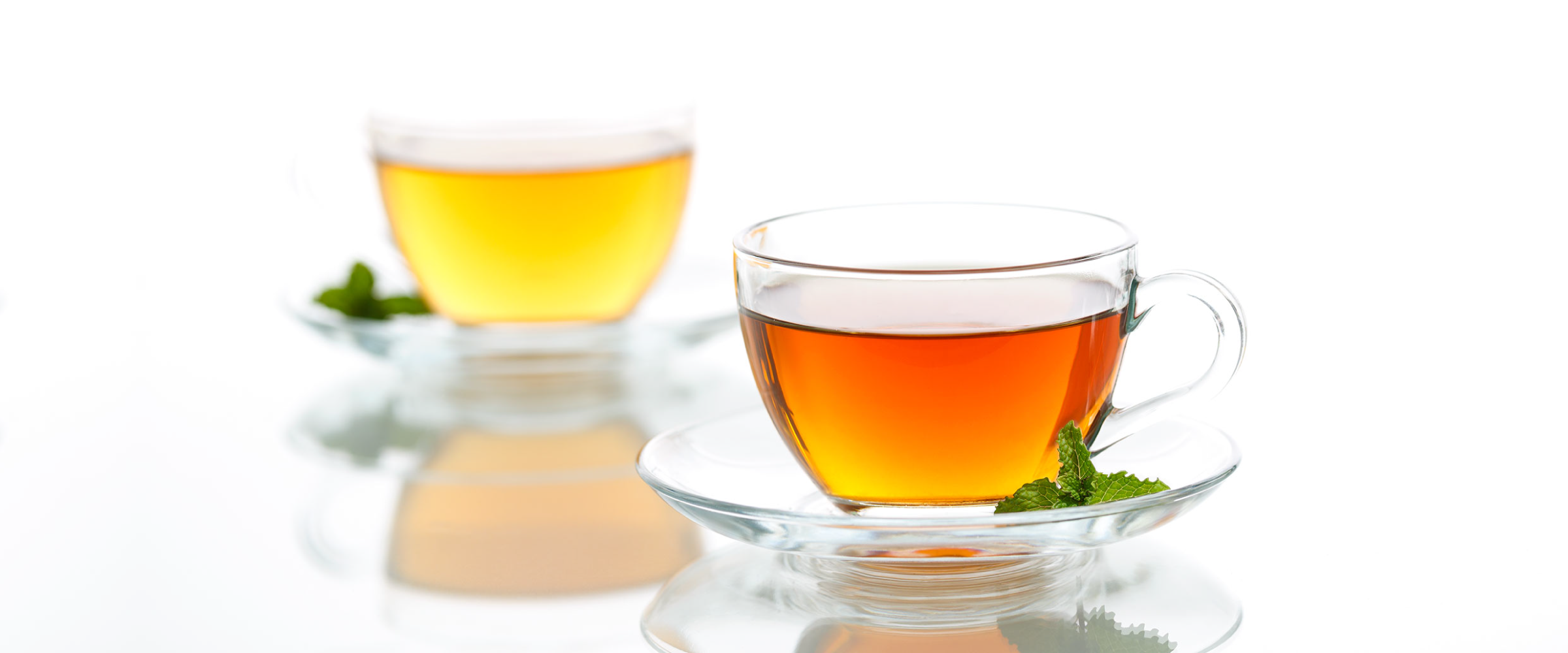Certainly! While it may seem like a straightforward topic, the differences between Indian tea and Chinese tea are nuanced and multifaceted, encompassing aspects such as history, culture, processing methods, flavors, and regional variations. In this detailed exploration, we’ll delve into these dimensions to provide a comprehensive understanding of the distinctions between Indian and Chinese tea.
Historical Context:
The histories of Indian and Chinese tea cultivation and consumption are rich and diverse. Tea has ancient roots in China, where it is believed to have been discovered over 4,000 years ago by the legendary Emperor Shennong. The Chinese have a deep cultural connection with tea, and it has played a significant role in various aspects of their society, from philosophy to art.
On the other hand, India’s tea history is comparatively more recent, dating back to the mid-19th century when the British established tea plantations in Assam. Over time, tea cultivation spread to other regions of India, such as Darjeeling and Nilgiri. Despite the differences in the timing of tea cultivation, both India and China have become major players in the global tea market.
Cultivation and Terroir:
The geographical and climatic conditions in India and China contribute to the unique flavors of their respective teas. China, with its vast landmass and diverse climates, produces a wide range of teas. The famous tea regions in China include Fujian, Yunnan, Anhui, and Zhejiang, each known for specific varieties like Tie Guan Yin, Pu-erh, Keemun, and Longjing.
In India, the terroir varies from the high-altitude plantations of Darjeeling to the robust teas of Assam. Darjeeling tea, often referred to as the “Champagne of Teas,” is grown at elevations of 3,000 to 7,000 feet and is celebrated for its delicate flavor profile. Assam, by contrast, produces robust, malty teas due to its lower elevation and tropical climate.
Tea Varieties:
Both India and China boast a diverse array of tea types, each with its own distinct characteristics. In China, the main categories include green tea, black tea, oolong tea, white tea, and Pu-erh tea. Famous examples include Longjing (Dragon Well) green tea, Keemun black tea, Tie Guan Yin oolong tea, Bai Hao Yin Zhen white tea, and aged Pu-erh.
In India, the primary tea types are black, green, white, oolong, and chai. Darjeeling tea is celebrated for its black and oolong varieties, while Assam is renowned for its robust black teas. Additionally, regions like Nilgiri produce a diverse range of teas, including delicate white teas.
Processing Techniques:
The methods employed in processing tea leaves significantly influence the final product’s flavor. Chinese tea processing techniques are deeply rooted in tradition and vary for each type of tea. For instance, green tea is pan-fired or steamed to prevent oxidation, while black tea undergoes full oxidation through techniques such as rolling, withering, and fermentation.
In India, the orthodox method of tea processing is prevalent, particularly in regions like Darjeeling. Orthodox processing involves plucking, withering, rolling, oxidation, and firing. CTC (Crush, Tear, Curl) processing, more common in Assam, produces smaller, granular leaves suitable for strong and robust brews.
Flavor Profiles:
The flavors of Indian and Chinese teas are diverse and reflective of their unique terroirs and processing methods. Chinese green teas are often described as vegetal, floral, or nutty, with variations depending on the specific tea type. Black teas from China can range from sweet and malty to smoky and earthy.
Indian teas, particularly those from Darjeeling, are prized for their floral and fruity notes, with a muscatel character in some black teas. Assam teas are bold, malty, and well-suited for hearty breakfast blends. The complexity of flavors in Indian and Chinese teas has led to a global appreciation and demand for both.
Cultural Significance:
Tea plays a significant role in the cultures of both India and China. In China, the traditional tea ceremony is an integral part of social and cultural gatherings. Each step of the ceremony is imbued with meaning and precision, reflecting the importance of mindfulness and appreciation in Chinese tea culture.
In India, tea is deeply ingrained in daily life, with the ubiquitous chai being a staple in households across the country. Chai, a spiced tea made with black tea leaves, milk, and a blend of spices, is a symbol of hospitality and is often shared among friends and family.
Global Influence:
Both Indian and Chinese teas have made a substantial impact on the global tea market. China is the largest producer and exporter of tea globally, with its teas enjoyed by enthusiasts worldwide. Chinese tea culture, including traditional ceremonies and the appreciation of fine teas, has also influenced tea trends globally.
India, while not as large a producer as China, is a major player in the global tea industry. Darjeeling and Assam teas, in particular, are highly sought after for their unique characteristics. Additionally, the popularity of chai has transcended borders, becoming a beloved beverage in various parts of the world.
Conclusion:
In summary, the differences between Indian and Chinese tea extend far beyond the simple act of steeping leaves in hot water. From historical roots and cultivation practices to processing techniques and flavor profiles, the complexities of these two tea cultures contribute to a rich tapestry of global tea appreciation.
Both Indian and Chinese teas have their unique charm and are celebrated for the diverse sensory experiences they offer to tea enthusiasts around the world. Whether it’s the delicate elegance of a Chinese green tea or the bold robustness of an Assam black tea, the world of tea is as diverse as the cultures that cultivate and cherish it.
